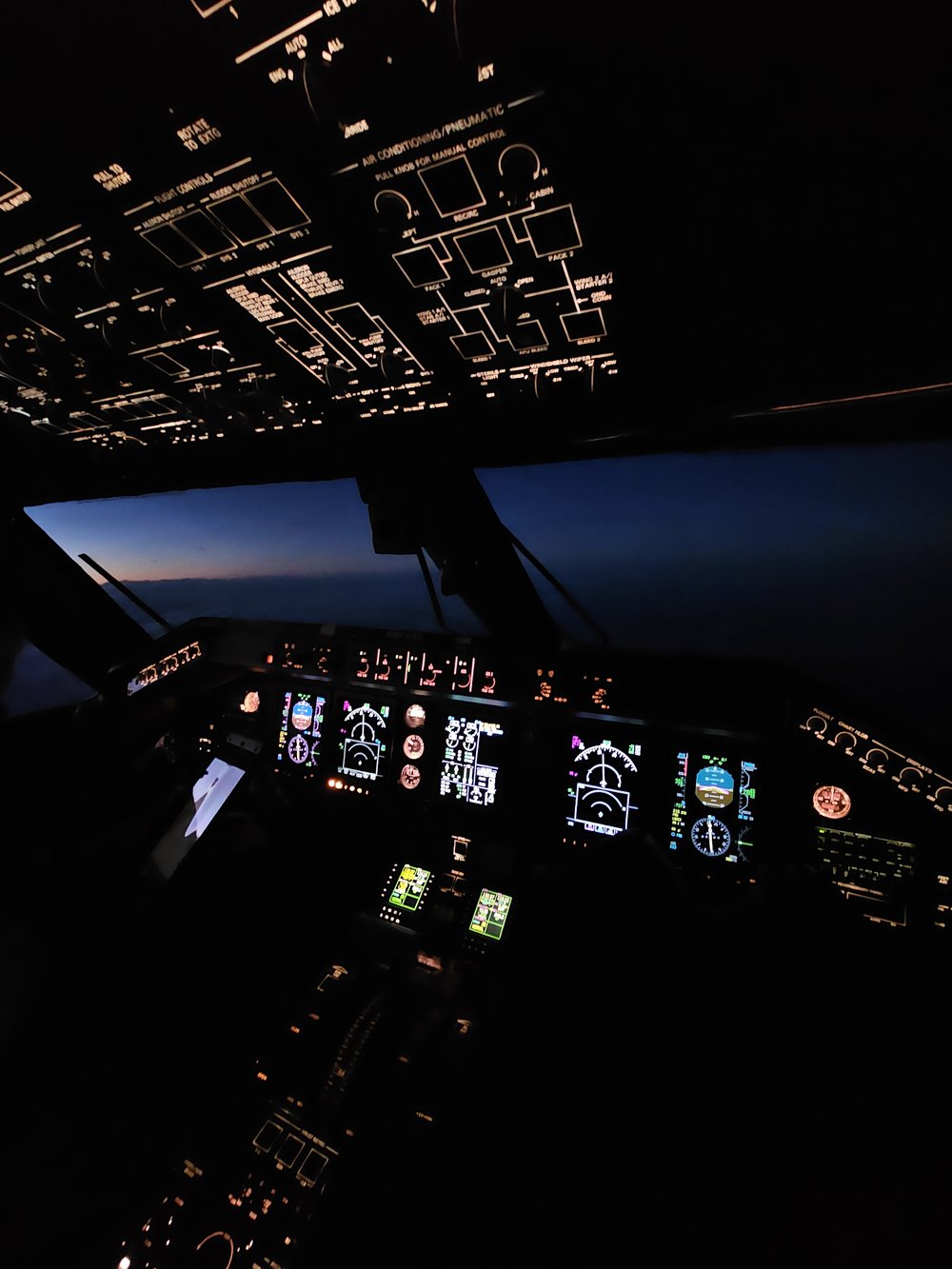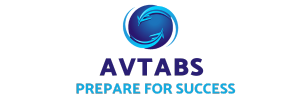
Choosing the Right Flight School: Understanding Your Options
Share
Embarking on a journey to become a pilot is both exciting and life-changing. One of the most crucial first steps is selecting the right flight school. With a variety of options available, understanding the differences between them is essential to finding a program that aligns with your career goals, learning style, and budget.
Types of Flight Schools
1. Part 61 Flight Schools
Regulated under: Federal Aviation Regulations (FAR) Part 61
Overview:
Part 61 schools offer more flexible and personalized training schedules, often taught by independent instructors. These schools are ideal for students with full-time jobs or other commitments who require adaptable lesson times.
Pros:
-
Flexible scheduling
-
One-on-one instruction
-
Can be more affordable per hour
Cons:
-
May take longer to complete due to the flexibility
-
Less structured curriculum
-
More flight hours required for certificates (e.g., 40 hours for private pilot)
2. Part 141 Flight Schools
Regulated under: FAR Part 141
Overview:
Part 141 schools follow a stricter FAA-approved syllabus and are typically more structured and fast-paced. These schools are often associated with collegiate aviation programs and are designed for those pursuing a professional pilot career.
Pros:
-
Structured training programs
-
Fewer flight hours required for certain certificates (e.g., 35 hours for private pilot)
-
May qualify for VA benefits or international student visas
Cons:
-
Less flexible scheduling
-
Often more expensive
-
Can be intense for part-time students
3. Collegiate Aviation Programs
Offered by: Colleges and universities (often Part 141)
Overview:
These programs combine academic degrees with flight training, preparing students for careers in aviation while earning an associate or bachelor’s degree.
Pros:
-
Access to financial aid and scholarships
-
Offers academic credentials along with pilot certifications
-
Strong industry partnerships (airlines, internships)
Cons:
-
Takes longer (2–4 years)
-
Higher cost due to tuition and fees
-
Less flexibility than independent schools
4. Academy or Airline-Sponsored Flight Schools
Examples: ATP Flight School, United Aviate Academy
Overview:
These programs are designed to fast-track students into airline careers, often with direct pathways or partnerships with regional and major airlines.
Pros:
-
Accelerated training timelines
-
Career placement assistance
-
Airline networking and mentorship
Cons:
-
Very intensive schedules
-
Higher upfront costs
-
Competitive admissions
How to Choose the Right Flight School
1. Define Your Goals
-
Recreational or professional? A private pilot flying for fun can train at a Part 61 school. Aspiring airline pilots may benefit more from a Part 141 or collegiate program.
2. Consider Your Schedule
-
Need flexibility? Part 61 might suit you better.
-
Want full-time, immersive training? Look into Part 141 or academies.
3. Compare Costs
-
Ask for a detailed breakdown of training expenses, including fuel, instructor fees, aircraft rental, and exams.
-
Remember: cheaper hourly rates can be offset by needing more hours overall.
4. Check the Fleet and Facilities
-
Are aircraft modern and well-maintained?
-
Is simulator training available?
-
Do they have maintenance and safety certifications?
5. Evaluate Instructor Experience
-
Ask about instructor backgrounds, turnover rates, and availability.
-
Student reviews and graduate success rates can be very telling.
6. Visit the School
-
Take a discovery flight.
-
Tour the facility.
-
Talk to current students and staff.
Final Thoughts
Choosing the right flight school is a personal decision that should balance your career aspirations, lifestyle, and financial resources. Take your time to research, ask questions, and envision your long-term goals in aviation. Whether you're flying for passion or profession, the right school can make all the difference in your journey to the skies.
